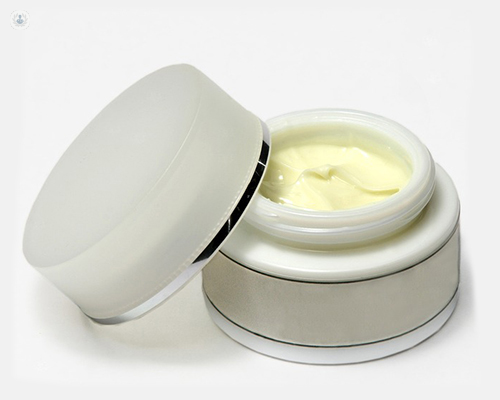

What is cellulitis?
Cellulitis is a bacterial skin infection that affects the upper layers of the skin, irritating and inflaming them. Despite the fact that they are similar in name, this condition has nothing to do with common cellulite. It generally affects the area on the lower legs, though it can occur anywhere on the body, or on the face.

What are the symptoms of cellulitis?
The main symptoms are:
- Fever, chills and sweats
- Pain, inflammation and warmth in the affected area
- Skin hardening and the skin appearing tight, or ‘glossy’
- An eruption on the skin, with a pus-filled abscess
- A rapidly growing rash or skin sore
Other more serious symptoms that appear less frequently are stiffness and difficulty moving the joints or hair loss in the affected area. Contact your doctor immediately if any of the following occur as it can indicate that the cellulitis is spreading:
- Lethargy
- Blistering
- Feeling drowsy
- Red streaks
Cellulitis can be serious if it is not quickly treated.
What are the causes of cellulitis?
Cellulitis originates from an infection normally caused by the genus streptococcus or staphylococcus bacteria, which is spread by touching any object or living being hosting these micro-organisms. Those more at risk include those who have:
- A compromised immune system
- Superficial wounds on the body due to injury, stings or insect bites
- Ulcers
Can cellulitis be prevented?
You can reduce the chances of cellulitis occurring or re-occurring by keeping your skin clean and well-moisturised, as well as by keeping any cuts or scrapes you have clean, and by using antiseptic.
What is the treatment for cellulitis?
Cellulitis must be treated quickly as the infection can spread into the bloodstream. The treatment is based mainly on taking antibiotics for about 10 days. At home, you can help with recovery by following measures such as elevating the affected body part (e.g on a chair), drinking plenty of fluids, and by taking over-the-counter painkillers to help with any pain you might be feeling. Contact a doctor immediately or visit A&E if you feel dizzy or faint, if you have a high temperature, feel hot and shivery, confused, or disorientated, and if you notice your heartbeat getting faster, or your breathing. These can be symptoms of sepsis.
